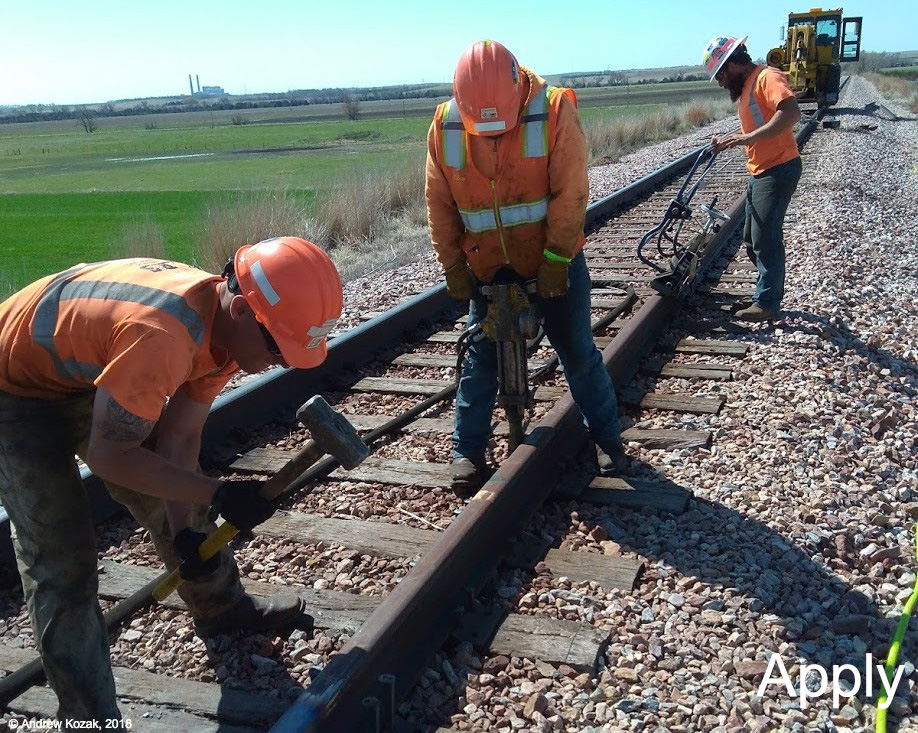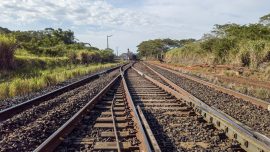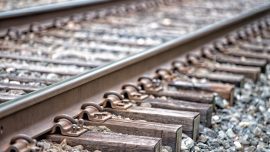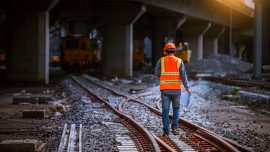
Overcoming Environmental Obstacles with Proper Railroad Planning
Railroad planning has been helping people and possessions move great distances for many years now, and several countries worldwide owe their development to them. While we have several alternatives nowadays, namely air, road, and ships, many still rely on railroads. And although the trains have changed dramatically over the years, the tracks themselves are remarkably similar to those we saw in the 19th and 20th centuries.
While the tracks look similar, technology has absolutely revolutionized the process of building a railroad. Nowadays one doesn’t need a troop of slaves or low-paid laborers to do the hard work, instead, we have machinery which is far more efficient and ethical. However, looking at how we overcame environmental obstacles in the past can inspire and guide our efforts today.
Here is a look at how railroad pioneers overcame environmental obstacles in the past, and a look at what we can use today to achieve the same.
Railroad Planning for Different Types of Environmental Obstacles
The environment here in the US is incredibly variable, with forests, deserts, mountains, valleys, rivers, lakes, marshlands, all surrounded by the sea. This has posed many challenges for the pioneers of our great nation, as they traveled via horse and buggy, and later via trains across these landscapes. On riding some of the most famous lines we can see tunnels and bridges which seem to defy physics, and still impress the average Midwest railroad contractor of today.
Forests
Prior to our colonization of this land, large swathes of America were covered in dense forest which had housed both indigenous people and endemic flora and fauna for countless years. In the early days of our settlements, those forests near civilization would have provided much-needed timber for construction. Although in between settlements, one can imagine a thick native bush which would have been an intimidating prospect to overcome.
A Vital Resource
Prior to the availability of coal which came in the years following the industrial revolution, the main resource for cooking and heating was wood. The same went for early railroads too, which despite their name “the iron road”, were predominantly built out of wood. In fact, by the late 1800s, railroads accounted for 20 to 25 percent of wood consumption in America.
Clearing forests for railroads has and continues to be relatively straightforward, with the main obstacles nowadays being protected flora and fauna.
Deserts Require The Greatest Railroad Planning
Deserts pose a range of challenges to the building of a railroad, with less than ideal ground for building on, and constantly shifting sand, it’s truly a nightmare to the average Midwest railroad contractor. Although desert railways have been successfully built throughout the world, with the most impressive being Mauritania in the Sahara Desert. While finding solid ground to build the rails on isn’t impossible, it’s been considered preferable to circumvent desert areas as much as possible. The main problem posed is the buildup of sand on the tracks which can interfere with drainage when it does rain in these regions.
In the past, trainmen have had to physically sweep and shovel sand off of the tracks and switches, but nowadays attachments on the front of trains can achieve the same result without the labor.
Mountains
If you’ve ever been on a train that has bored straight through a mountain, then you may have some appreciation for the great feat which it is. Mountains were overcome in two different ways, the first and more common was to bore straight through, the other was going over.
Straight Through
During the construction of the transcontinental, workers drove spikes into the mountains, filled the holes with black powder, and blasted through the rock inch by inch. This process was unbearably slow though, averaging about a foot each day. Nowadays tunnel boring machines (TBM)can make light work of a mountain, averaging 50 to 60 feet a day, which makes up for their incredibly high price tag.
Over the Top
In other instances, some mountains have been overcome by trains and tracks purpose-built for climbing those inclines which are otherwise impassable for trains. Mountain railways are predominantly used to transport people and goods to the summit, rather than as a section of a standard line. This is because of the steep grade railway technology which needs to be utilized to stop the train from sliding back down the track to the bottom.
Bridging and Circumventing Other Obstacles with Proper Railroad Planning
Rivers, valleys, and parts of lakes or marshlands which weren’t too wide were often overcome through the use of bridges. As with the railroads themselves, these bridges were once made of wood and now utilize stone, concrete, and metal to ensure their longevity. In other cases, circumvention proved to be cheaper or more convenient and still remains to be more preferable than hiring a TBM.
If you’re building a railroad, or even considering it, contacting us to speak with a Midwest railroad contractor should be one of your first steps. We can assist you in every part of your railroad construction, rehabilitation, repair, and maintenance, so contact us today.




0 comments
Write a comment